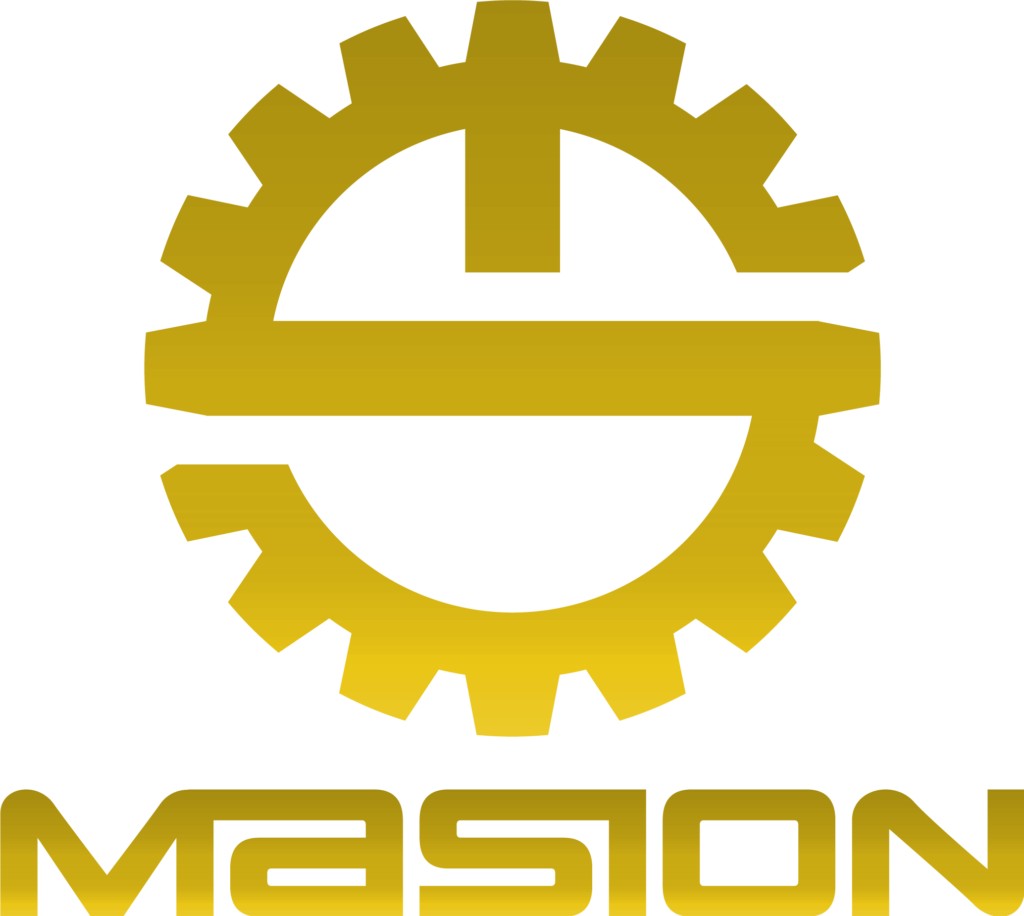ABS CNC Machining
ABS CNC Machining
Acrylonitrile Butadiene Styrene (ABS) is a thermoplastic polymer known for its excellent balance of material properties. It exhibits good toughness and chemical resistance, along with a range of other customizable characteristics depending on the additives included in the plastic formulation. ABS sheets are a common type of plastic material known for their excellent mechanical performance, wear resistance, chemical corrosion resistance, and high-temperature resistance. ABS sheets find widespread applications in various industries, including household appliances, automotive, electronics, construction, and are highly favored for their ease of processing, molding, and coloring.
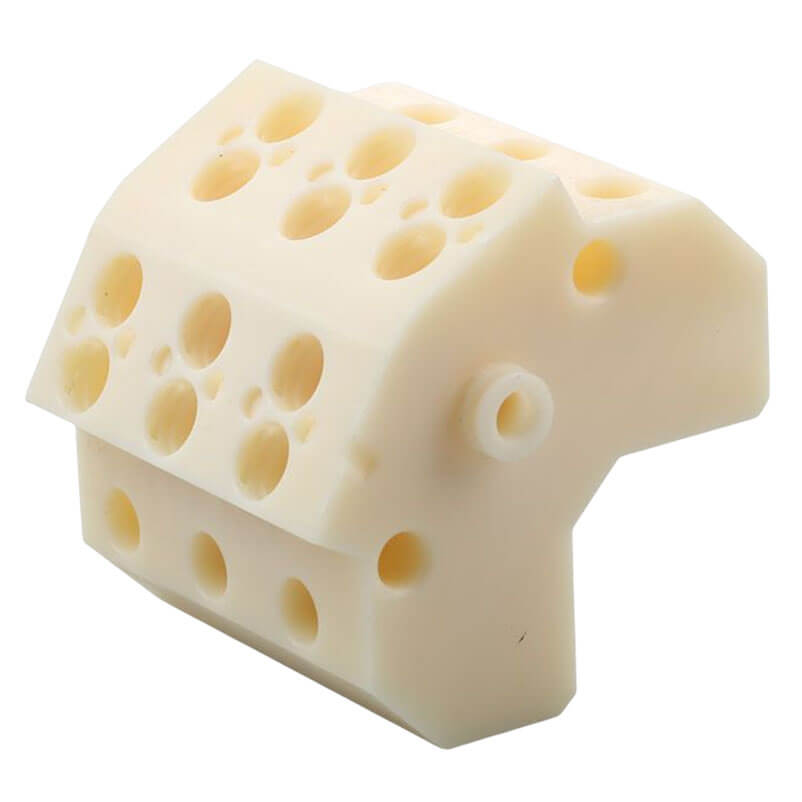
Surface Finishes after ABS CNC Machining
| Picture | Surface finishes | Machining principle | Machining material | Colors | Texture | More |
|---|---|---|---|---|---|---|
 | Bead Blasting | Using stainless steel grit and high-speed air blasting, you can achieve a matte finish on the surface of ABS, providing it with a frosted appearance. | white corundum grit,ABS | Haze | Matte | Learn More |
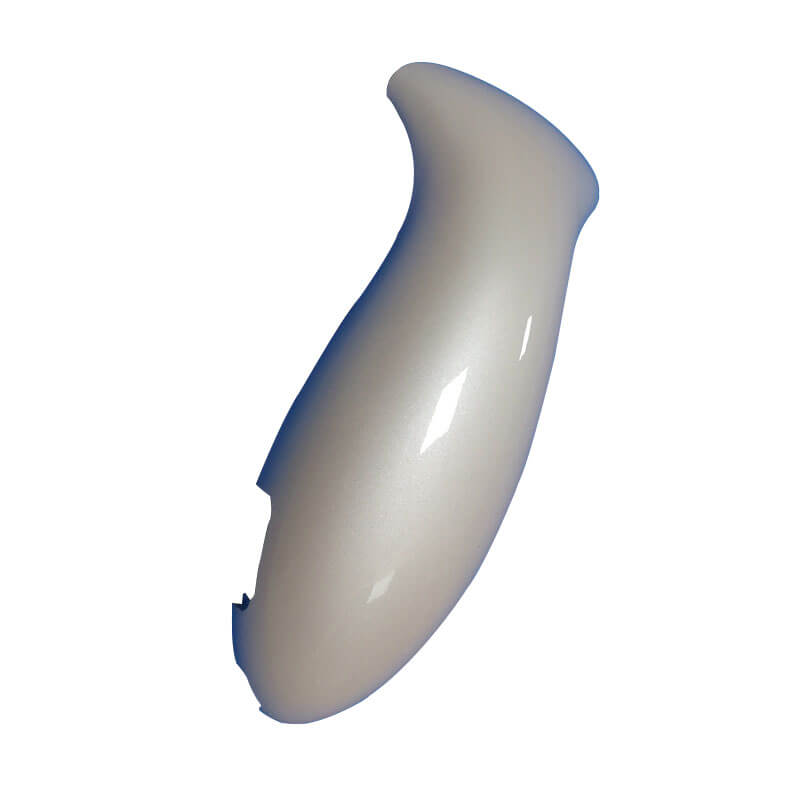 | ABS Polishing | By using abrasive paper and a polishing machine to polish and buff ABS, its surface can be made glossy. | abrasive paper, ABS | N/A | Glossy | Learn More |
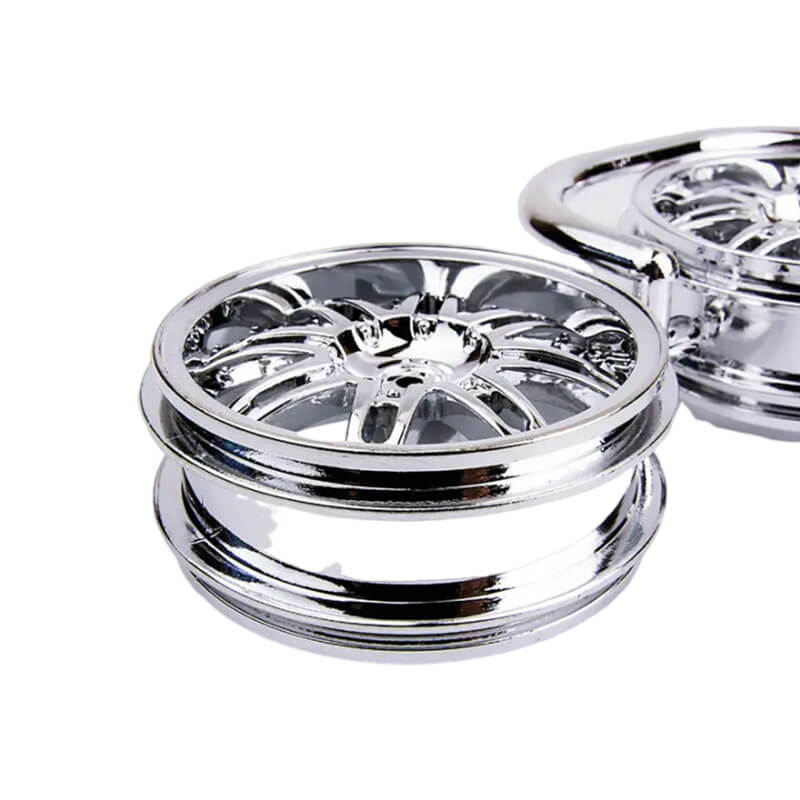 | ABS chrome plating | To create a protective chromium layer on the surface of ABS through immersion in chromic acid, it is necessary to first form a copper protective film on the ABS surface before proceeding with chromium plating, followed by nickel plating. | Chromic acid, ABS | Silver(chrome color) | Glossy | Learn More |
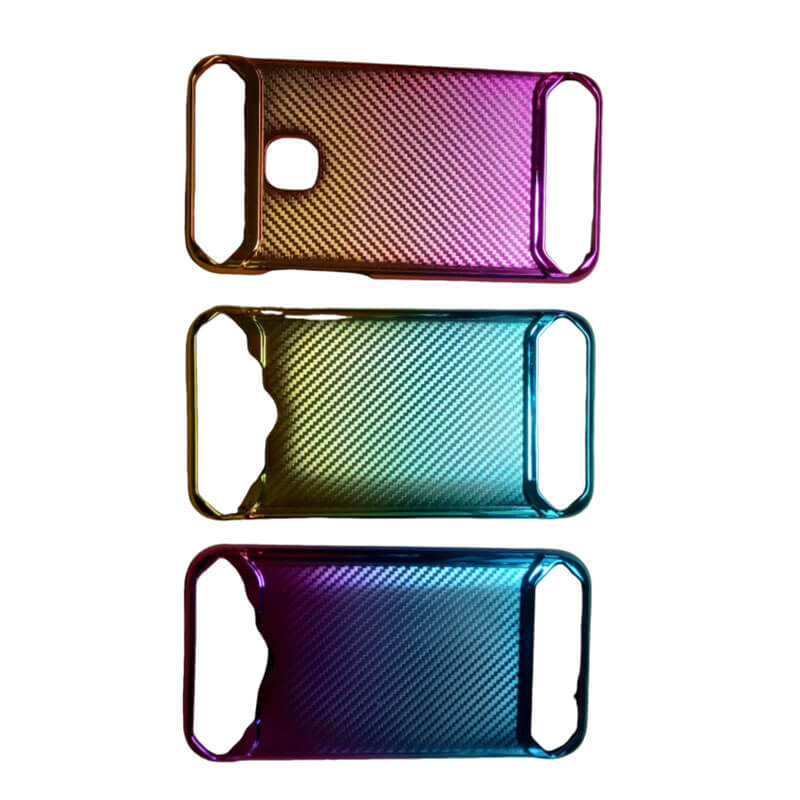 | ABS PVD plating | In a vacuum environment, a thin film is formed on the surface of ABS using either a distillation or sputtering method. To ensure that the ABS surface is free of bubbles, pores, and remains smooth and glossy, it is necessary to apply a primer before the coating process. | PVD coating, Titanium nitride, titanium carbide, Alumina, silicon nitride | Black, blue, light blue, royal blue, purple, red, green, dark gold, light gold, bronze, gray, black, gray black, rainbow colors gun's color, coffee color, etc. | Glossy, semi-glossy, matte | Learn More |
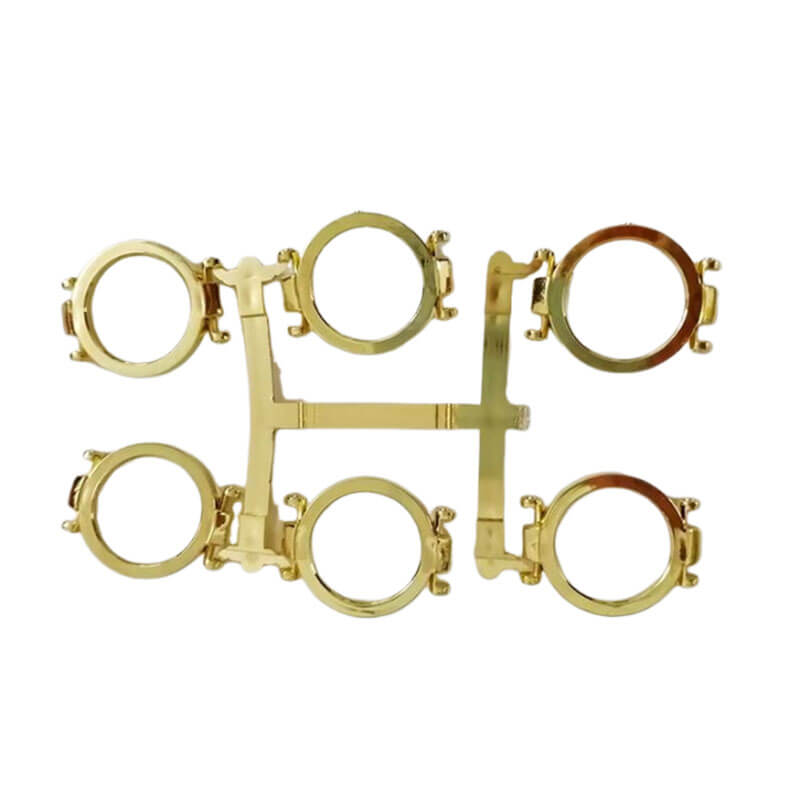 | ABS Golden plating | Using the water plating method (in a chemical electroplating solution), apply a thin layer of gold to the surface of ABS to ensure its smooth and glossy appearance. | Silver nitrate, chemical nickel, gold powder,etc | Golden | Glossy | Learn More |
Some Picture ABS CNC machining Parts

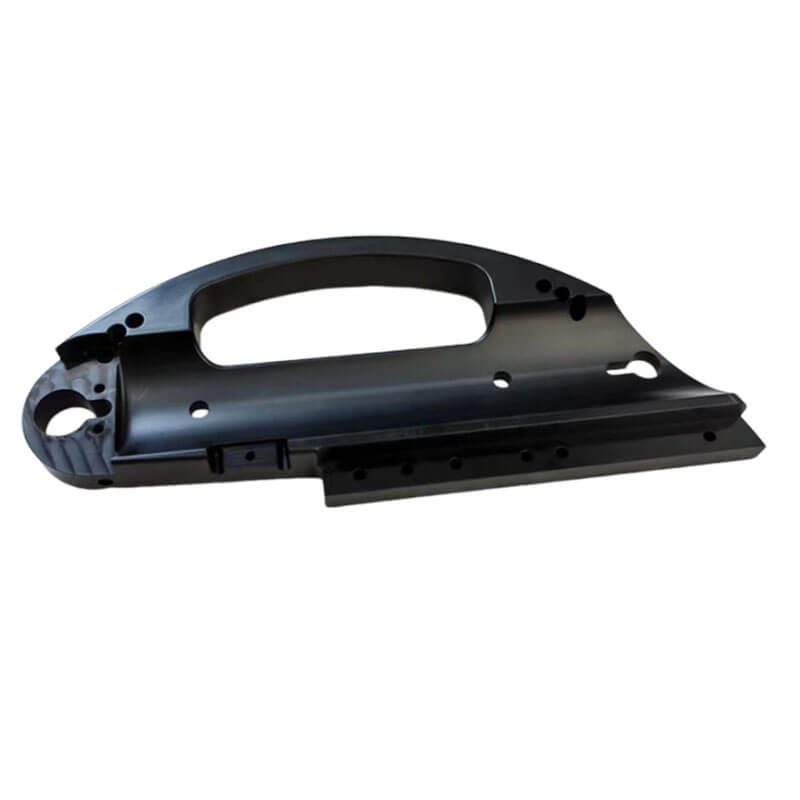
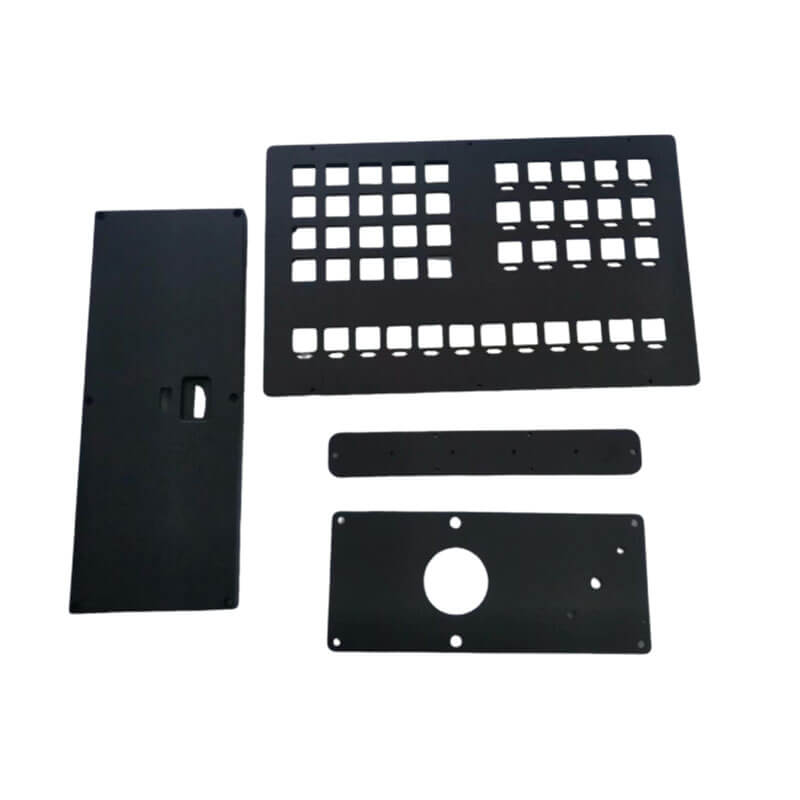

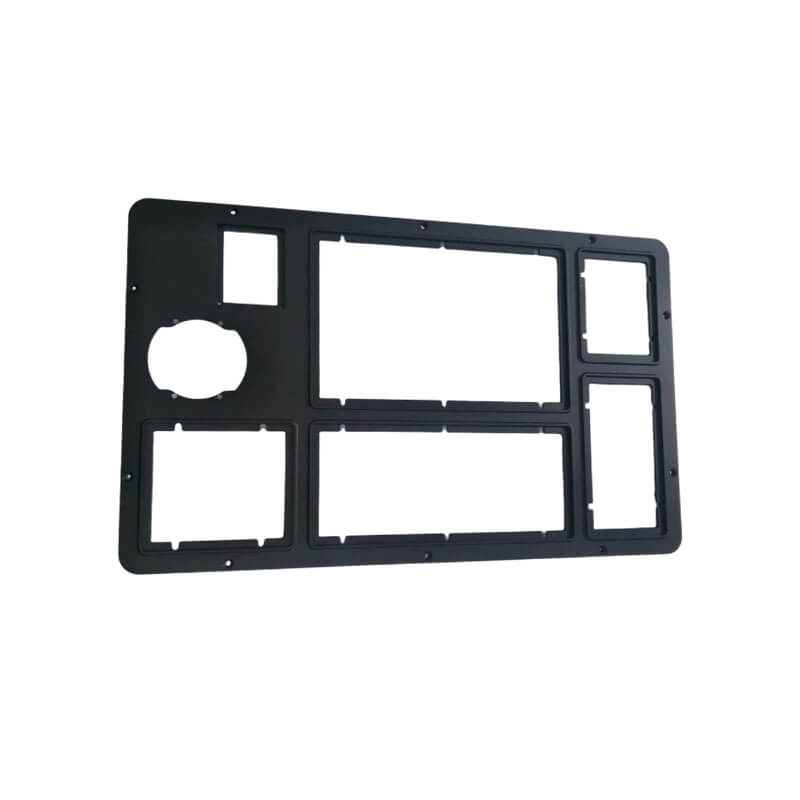

ABS CNC Machining FAQs
Unlike ABS injection molding, ABS CNC machining utilizes equipment such as CNC machining centers, CNC lathes, CNC laser cutting machines, and others to perform a series of machining operations on ABS, including turning, milling, laser cutting, drilling, tapping, and more. This allows for the production of complex shapes that conform to the design specifications without the need for molds.
Free Sample
Explore More Plastic Materials
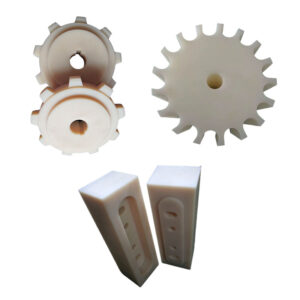
Nylon CNC Machining
Nylon is abbreviated as PA in English, and its full name is Polyamide. There are various types of nylon, including PA6, PA66, PA610, PA11, PA12, PA1010, PA612, PA46, and more.

CNC FR4 Machining
FR4 boards, made from a composite of glass fiber cloth and epoxy resin (with “FR4” denoting the cloth specification), come in common thicknesses of 1.6mm and 1.2mm. They are also

PEEK CNC machining
Polyetheretherketone (PEEK) is a special type of high-performance polymer material known for its high mechanical strength, resistance to high temperatures, impact resistance, flame retardancy, acid and alkali resistance, hydrolysis resistance,

